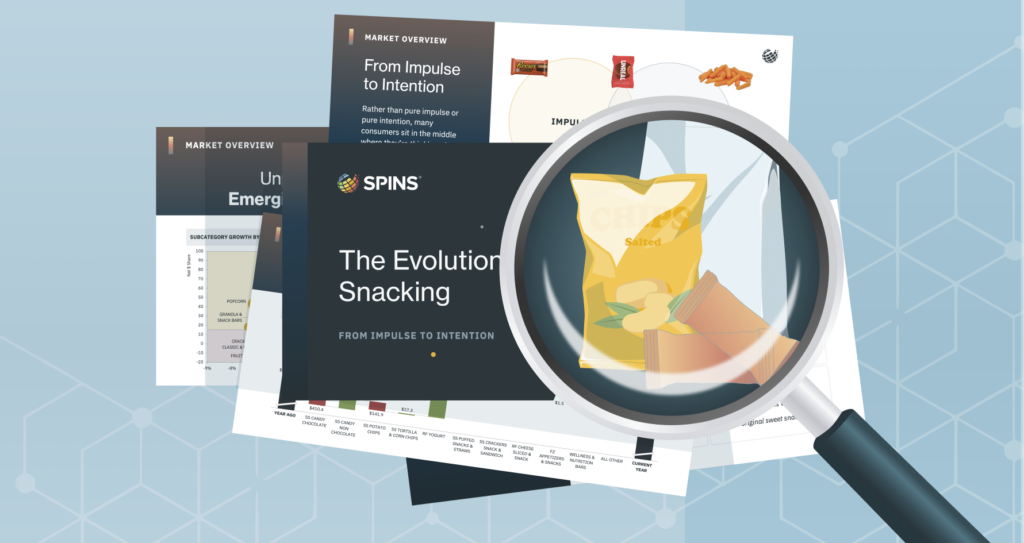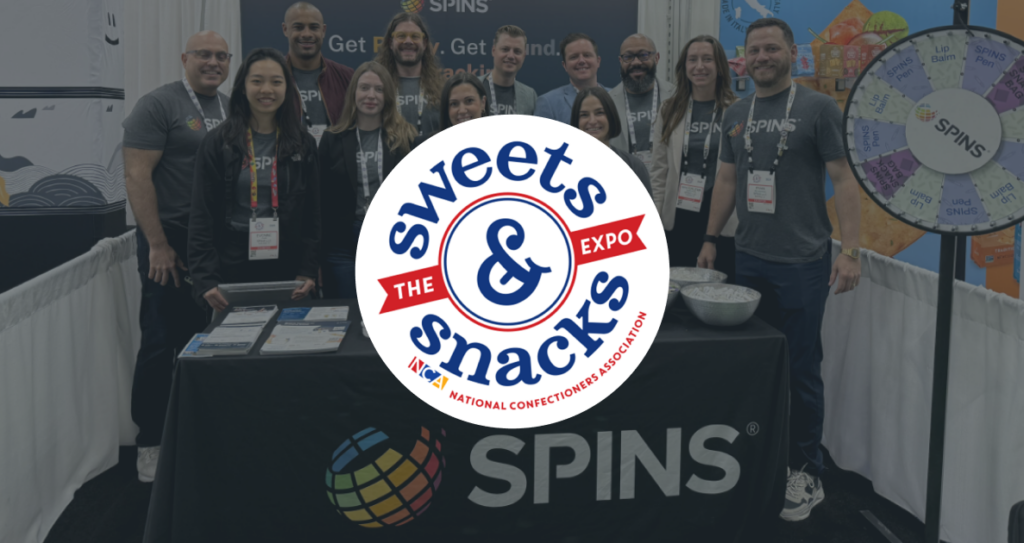Introduction
One challenge that retailers constantly face is getting a clear view of how they are performing compared to the rest of the market. Only looking at your own sales figures means only getting part of the story, but that’s often the only data you have access to. If you want to understand where you’re succeeding and where you’re falling behind in hopes to better navigate the market, you want to look at category data across the marketplace. SPINS can help you do that.
Define the Metrics That Matter
All retailers are working toward long-term, upward growth—more sales, higher profit, and improved customer loyalty. A major obstacle to achieve these goals is quantifying the performance indicators that tell you if you’re on the right path before it’s too late. SPINS has a market-wide view of department and category data that can be viewed over a variety of time periods. This way, you can monitor both short-term and long-term trends and compare their performance data against their own. With data from more than 200 retailers, you have a wealth of information to dig into and learn from.
Discover the Market Trends
Using SPINS’ business intelligence platform, Satori, you can look at a variety of metrics, including dollar sales, units moved, number of stores selling, average retail prices across the market. For example, a 12-week might reveal that you are outperforming the market’s average in some important categories, such as frozen meat alternatives. When you expand your view to a 52-week period and see that frozen meat alternative growth is outpacing the growth in other retailers, as well as frozen animal-derived meat in their own stores, you’ll know that something interesting is happening in your stores.
Dig Deeper with Attributes
The SPINS team can help you go deeper by focusing on product attributes, which are qualities associated with a product, bringing together label claims, ingredients, and other hidden details. SPINS’ Product Intelligence attributes let retailers look at how SKUs are selling and analyze them based on information that reveals broader trends.
Taking the above example, if you know meat alternatives are strong performers for you, you can start exploring how plant-based might be resonating with your customers. SPINS’ attributes let retailers think bigger than the packaging and look at items such as milk, protein powders, and yogurts not derived from animals. Once you begin to look through plant-based attribute performance throughout the store, you might find a similar pattern and realize you should put plant-based items front and center in your growth strategy.
Update Your Growth Strategy
With this knowledge and data on hand, and this knowledge, you can begin to look ahead. Continuing the above example, you could prioritize plant-based items in your stores, from promotions to product groupings to inventory. Now, with the right insights and support from SPINS, you have an opportunity to increase sales, improve profit, and build a lasting relationship with their customers. And because this is an ongoing process that involves some testing new ideas as well as monitoring shifting market trends, SPINS will be with you along the way.





